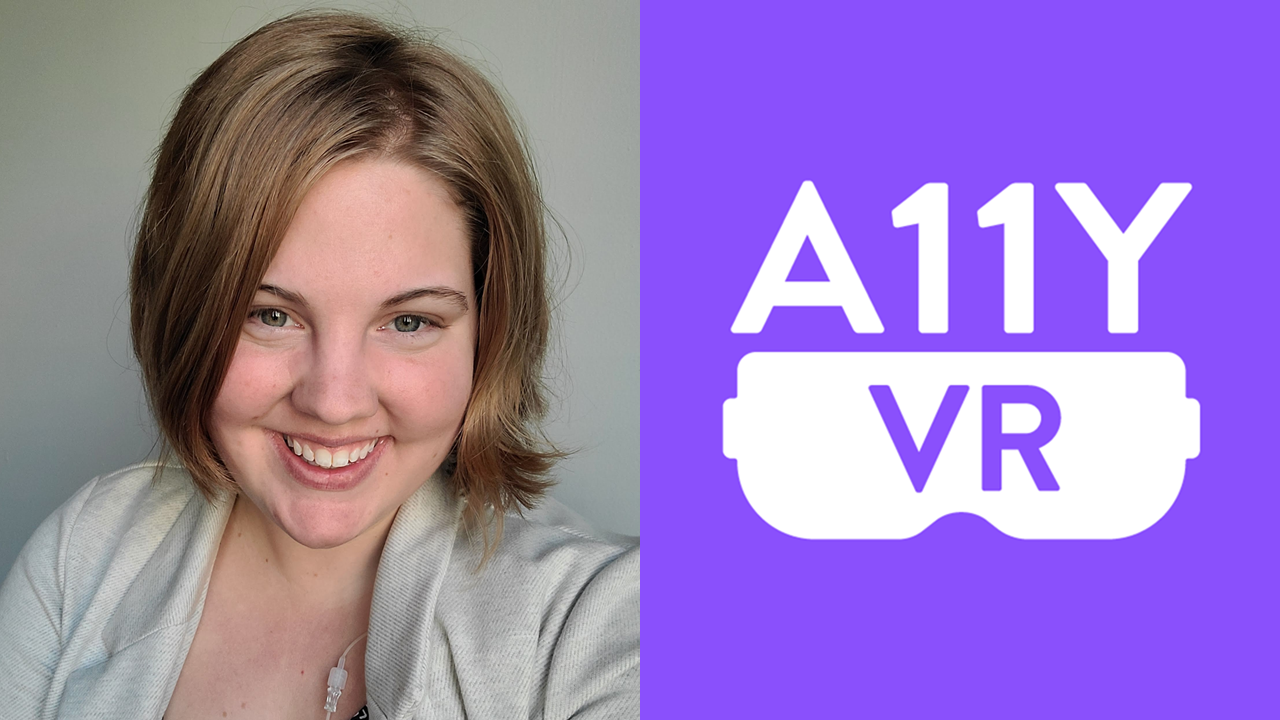
The reason Deb Mayers calls this (re)creation of the past is that we can’t ever be sure exactly what the past was like. The (re)construction with the parentheses around the “re” bit shows that things weren’t ever truly authentic, but are copies in their own right.
“No reconstruction drawing of the past can do more than illustrate the state of archaeological knowledge at the time that it was created,” writes Susan Greaney in Presenting the Romans: Interpreting the Frontiers of the Roman Empire World. Saying reconstruction (without parenthesis) implies a level of certainty.
Here are the five points of consideration in creating accessible experiences:
- User control: Allow the user to be in control of their experience, such as opening settings to change their preferences. This is where you can change color options, captions, text size, and input methods. Settings may be at the app level or the platform level.
- High-level guidelines: Quick guidelines for building accessible experiences to ensure the experiences are built correctly. For example, one guideline is to ensure the color contrast ratio is at least 4.5 to 1.
- Change over time: Everything changes, so 3D reconstructions need to change. For example, the Parthenon has gone through many transformations in its hundreds of years. The images of the Parthenon make it look clean and not lived in. Reconstructions never show the messiness of the place.
- Multiple interpretations: What we know about the past in 1800s is different than today. We need to consider different ideas in the reconstruction. A tweet shares a photo of a museum label with a mystery head that indicates some think it’s the head of a carving from 2,000 years ago while others think it’s a garden ornament from the 20th century. Reconstructions need to share multiple interpretations.
- Handling unknown: Underpins (re)creating the past and building accessible XR experiences. Deb gives an example of a sculpture that had missing parts filled in, but no one really knows what the original looked like. People need to figure out what they can show and how to handle the unknowns. Same thing with accessibility. How do you handle unknowns about people? It could be crowded. It could be hard to hear an experience.
Resources
- Deb Mayers’s website
- Deb’s slides
- Images from Deb’s presentation
Highlights
- Get to know Deb Mayers
- Overview of five points for building accessibly
- Change over time example with the Parthenon
- Examples of Deb’s work
- How can we read hieroglyphs in museums?
- Q&A with Deb
Video
Bio
Deb Mayers is an ancient historian converted to a software engineer. She has worked in extended reality (XR) for six years and in accessibility for three years. In her spare time, Deb creates extended reality (XR) experiences to learn how to read Egyptian Hieroglyphs.
Follow Deb on Twitter and LinkedIn.
Virtual Reality (VR) Accessibility Consulting Services
Our years of experience working with virtual reality and being speakers on the topic have given us a unique perspective when it comes to consulting on VR projects. If you’d like to innovate in the accessibility of VR please, please contact us to discuss how we can help you.